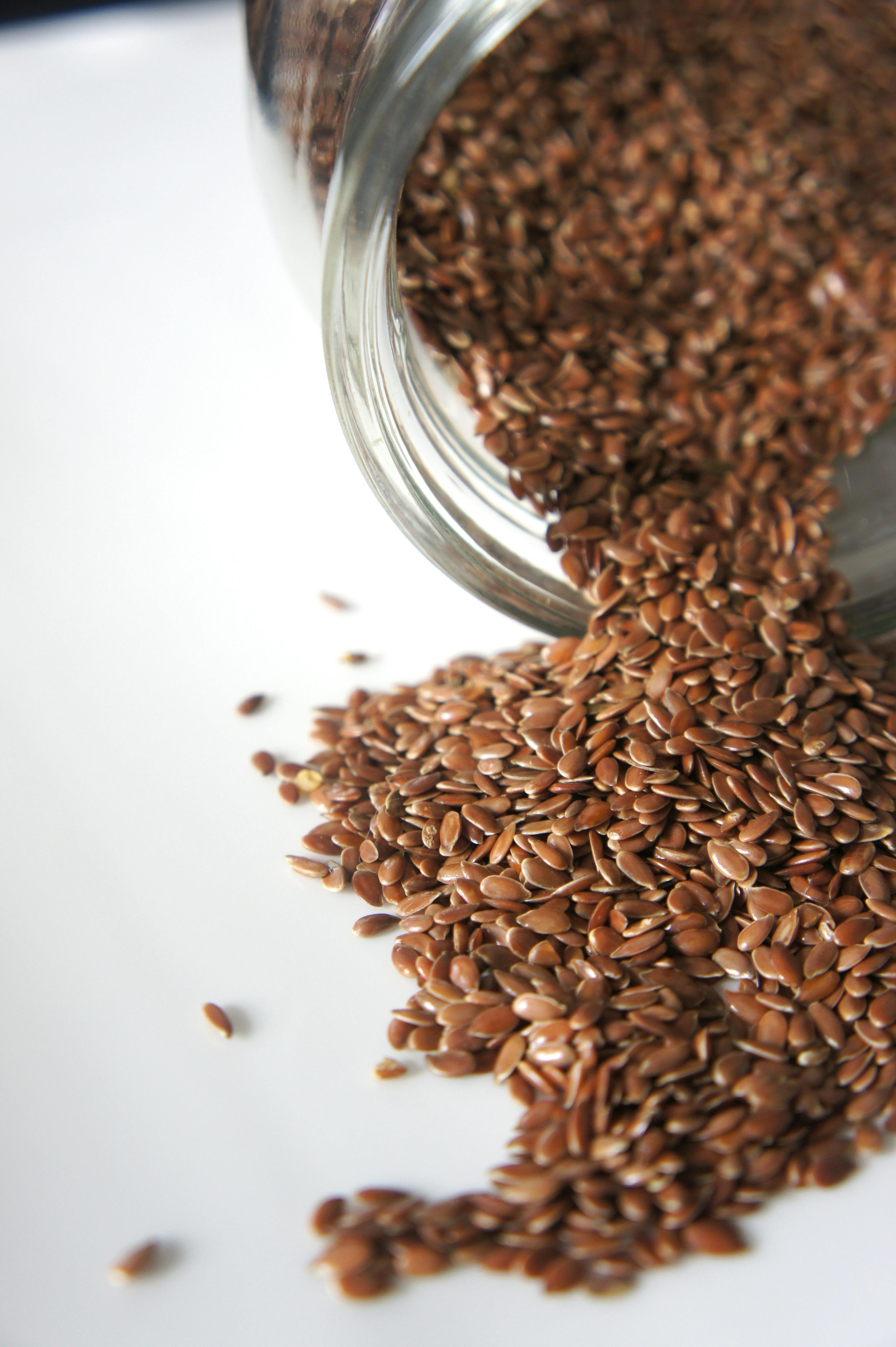Understanding Keto Crotch: Symptoms and Causes
The term "keto crotch" has emerged as some women share their experiences of changes occurring in the vaginal area after starting a ketogenic diet. This phenomenon, which can include unpleasant body odors, increased yeast infections, and noticeable changes in discharge, raises important questions about the effects of such diets on women's health. Understanding keto crotch not only aids in recognizing symptoms but positions us better to manage them effectively.
The ketogenic diet dramatically reduces carbohydrate intake, prompting the body to enter a state of nutritional ketosis. While this can lead to weight loss and beneficial metabolic changes, some dieters report a variety of side effects, including keto crotch. The complexities reside in significant dietary changes, dehydration, and alterations to the body's natural pH levels. For anyone experiencing these symptoms, it’s crucial to consult a healthcare provider for personalized advice and treatment.
As we delve deeper into this topic, we will explore the symptoms of keto crotch, its causes, management strategies, and when to seek medical care. Staying informed and proactive will help ensure a healthier keto experience.
Common Symptoms of Keto Crotch and Associated Issues
The symptoms of keto crotch can be concerning and vary from person to person. Commonly reported symptoms include:
Unpleasant Odors
Many women on a ketogenic diet report experiencing changes in their body odor. This can range from mild to strong odors that may be unexpected. The alteration in diet significantly affects the body’s natural microbiome, leading to increased odor production.
Increased Instances of Yeast Infections
Another prevalent issue is a rise in yeast infections. A ketogenic diet can modify the balance of bacteria and yeast in the body, potentially leading to overgrowth. Maintaining gut health on keto becomes critical to mitigating this effect, emphasizing the importance of incorporating probiotics into your diet.
Changes in Discharge
Some women notice changes in their vaginal discharge, which can become thicker or altered in color. Keeping track of these changes can help you determine if they correlate with dietary adjustments.
Recognizing these symptoms is the first step toward addressing them. As we progress, we will explore the underlying causes of these uncomfortable changes.
Exploring the Causes of Keto Crotch
Understanding the causes behind keto crotch is essential for effective management. Here are some of the prevalent factors that contribute to these symptoms:
Dietary Changes and Microbiome Imbalance
The ketogenic diet's restrictive nature can disrupt the delicate balance of bacteria in the body. The reduced fiber intake can lead to constipation, affecting gut health, which in turn impacts vaginal health and balance.
Dehydration Effects
Dehydration is a common concern on the keto diet, especially if fluid intake is not prioritized. The lack of hydration can affect vaginal moisture levels, potentially leading to discomfort and odor. Ensuring adequate hydration can significantly alleviate these issues.
Altering pH Levels
Changes in diet can result in a shift in your body's pH levels, fostering an environment that may encourage the growth of harmful bacteria. This shift can prompt symptoms like keto crotch, highlighting the importance of monitoring your body's changes.
Recognizing these causes is vital for implementing preventative strategies. In the following section, we will delve into effective treatments and solutions for managing keto crotch.
Treatment and Management: Solutions for Keto Crotch
Addressing keto crotch effectively involves understanding treatment options to promote vaginal health while on the ketogenic diet. Below are strategies to consider:
Hydration Is Key
Maintaining proper hydration is paramount in managing keto crotch. Aim for at least eight glasses of water a day, adjusting based on physical activity. Herbal teas and electrolyte-rich drinks can also support hydration levels, assisting in maintaining vaginal moisture.
Incorporating Probiotics
Probiotics can be a game-changer in restoring balance to the gut microbiome. Look for supplements rich in lactobacillus strains, or include fermented foods like kimchi and sauerkraut in your diet. This can help reduce yeast overgrowth and promote overall health.
Maintaining Proper Hygiene
Personal hygiene practices can significantly influence symptoms of keto crotch. Regularly washing the genital area while avoiding harsh soaps that can disrupt pH balance is advisable. Opt for natural, unscented hygiene products to reduce irritation.
In conclusion, staying informed about the symptoms and causes of keto crotch is essential for effective management. Next, we will discuss when to seek medical care regarding these changes.
When to See a Doctor About Keto Crotch
If you're experiencing symptoms associated with keto crotch, knowing when to seek medical advice is crucial. Certain warning signs should prompt a visit to a healthcare professional:
Persistent Discomfort
If discomfort lasts longer than a few days, it may be time to consult with a doctor. Persistent symptoms such as itching, burning, or unusual discharge require medical evaluation to rule out infections or other health issues.
Severe Odor Changes
Anomalous changes in body odor can indicate underlying infections or imbalances. If you're noticing significant changes that don't improve with home management, professional evaluation is needed.
Multiple Yeast Infections
If you're experiencing recurrent yeast infections after adopting the ketogenic diet, consult with your doctor. This might indicate a deeper imbalance that requires targeted treatment.
Understanding keto crotch and addressing it promptly will foster a better experience on your keto journey. As we wrap up, let’s summarize the key takeaways on managing symptoms and sustaining overall health.
```